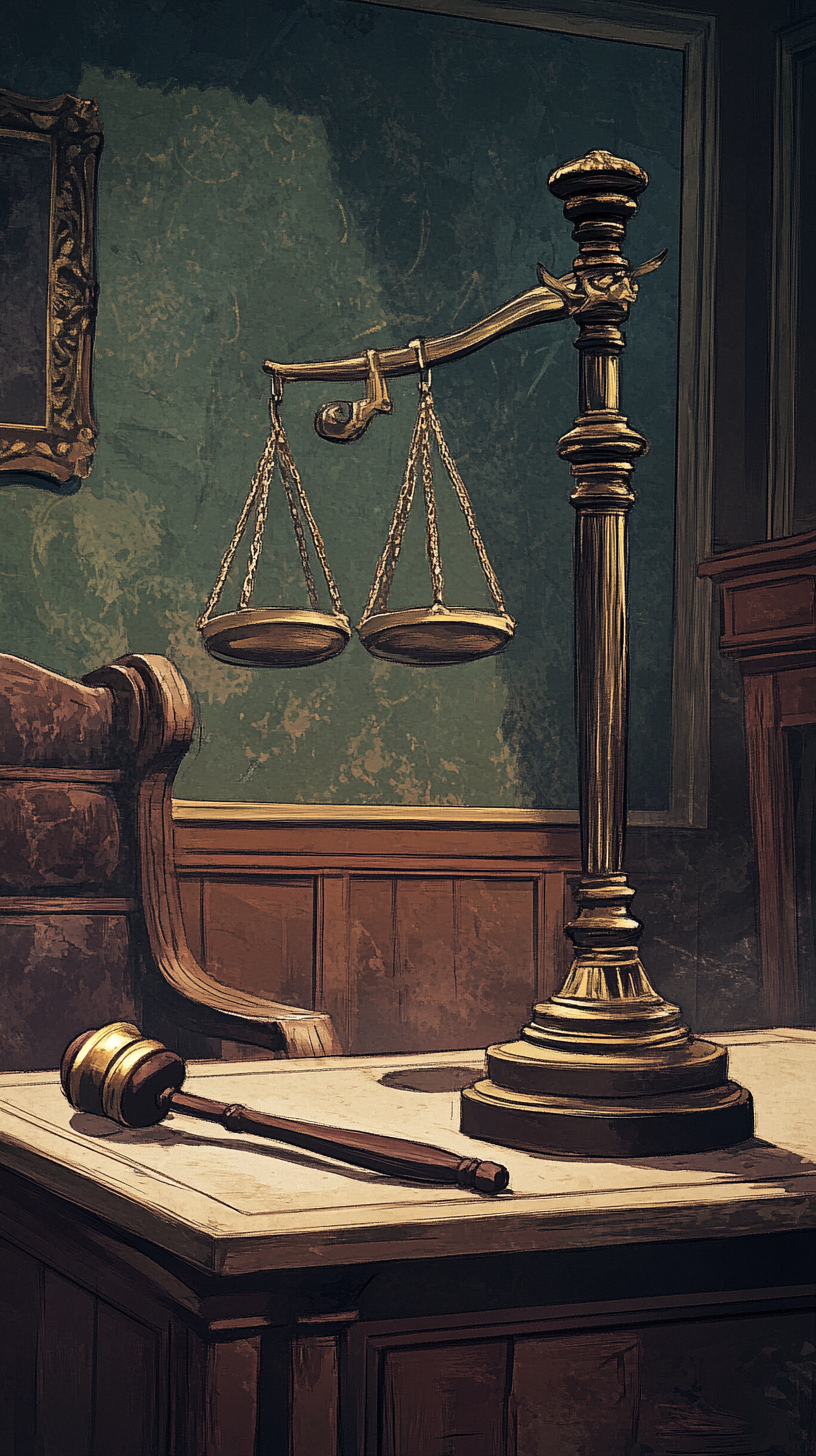Personal injury cases in Long Island and NYC often involve more than just physical injuries – they include the human cost of pain and suffering. While calculating medical bills is straightforward, determining fair compensation for someone’s suffering requires careful consideration. This guide breaks down how attorneys and courts handle these sensitive calculations, with special attention to workplace injuries and discrimination cases.
Table of Contents
ToggleUnderstanding Pain and Suffering Components

Pain and suffering encompasses both physical pain and mental anguish. For workplace injuries, this might include not only immediate physical trauma but also the psychological impact of discriminatory practices or hostile work environments. Employment lawyers often handle cases where workers face both physical injuries and emotional distress from workplace discrimination, particularly when protected classes under the Americans with Disabilities Act face unfair treatment.
Types of Personal Injury Cases
Common scenarios include:
- Workplace accidents and injuries
- Discrimination-based emotional distress
- Vehicle accidents
- Medical negligence
- Product liability incidents
- Slip and fall accidents
The legal system provides various paths for compensation:
- Direct financial losses (medical expenses, lost income)
- Non-financial damages (pain, emotional distress)
- Punitive damages (in cases of deliberate harm)
How Courts Evaluate Pain and Suffering
Courts examine multiple elements:
- Injury severity and recovery timeline
- Effects on daily activities
- Recovery outlook
- Victim’s age and health status
- Previous medical conditions
Employment discrimination cases often require additional consideration of:
- Emotional impact of workplace harassment
- Lost career opportunities
- Damage to professional reputation
- Long-term psychological effects
Calculating Damages: Common Approaches
Two primary methods help determine compensation:
The Multiplier Method
Attorneys multiply actual financial losses by 1.5 to 5, depending on injury severity. For discrimination cases, factors like violation of federal laws or protected characteristic status may influence the multiplier.
The Daily Rate Method
This approach assigns a daily value to suffering and multiplies it by the expected duration. Employment lawyers might use this method when calculating damages for ongoing workplace discrimination.
Evidence and Expert Testimony
Strong cases rely on solid documentation:
- Medical records
- Mental health evaluations
- Workplace incident reports
- Equal Employment Opportunity Commission (EEOC) complaints
- Expert medical testimony
- Discrimination documentation
Recent Legal Developments
Several cases highlight current trends:
- A Florida federal judge awarded $229,000 in legal fees for a settlement
- Delaware courts approved $345 million in attorney fees in a Tesla case
- Washington state courts upheld $500,000 in sanctions against a manufacturer
These cases demonstrate the substantial compensation possible in well-documented claims.
Common Assessment Challenges
Key difficulties include:
- Individual differences in pain perception
- Proving emotional distress
- Establishing discrimination patterns
- Quantifying long-term impacts
Employment discrimination cases face additional hurdles:
- Proving discriminatory intent
- Documenting protected class status
- Meeting state and federal filing requirements
- Demonstrating workplace harassment patterns
Future Trends in Damage Assessment
The field continues evolving through:
- Technology integration in case evaluation
- Better understanding of psychological trauma
- Changes in state and federal laws
- Enhanced protection for protected classes
- Expanded definitions of workplace discrimination
Choosing Legal Representation
Finding skilled legal representation matters, especially for cases involving both personal injury and employment discrimination. Look for attorneys who understand:
- State and federal discrimination laws
- Personal injury regulations
- EEOC procedures
- Protected class rights
- Americans with Disabilities Act requirements
The Law Office of Jason Tenenbaum, P.C. combines expertise in personal injury and employment law. Their team understands both the physical and emotional aspects of injury cases, particularly those involving workplace discrimination. They help clients file complaints with the EEOC, pursue wrongful termination cases, and seek fair compensation for all types of discrimination.
Whether you’re facing workplace discrimination, dealing with a personal injury, or both, understanding your rights under state and federal laws is crucial. An experienced attorney can help you file a lawsuit, meet legal deadlines, and build a strong case for maximum compensation.
Remember: Time limits apply for both personal injury claims and discrimination complaints with the EEOC. Contact qualified legal counsel promptly to protect your rights and explore your options for compensation.












